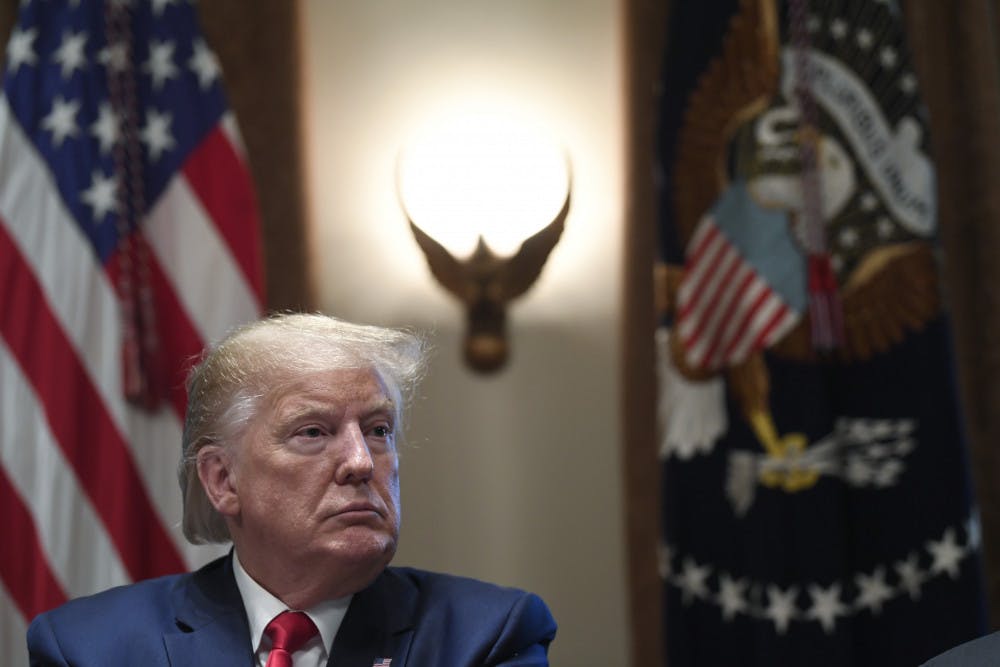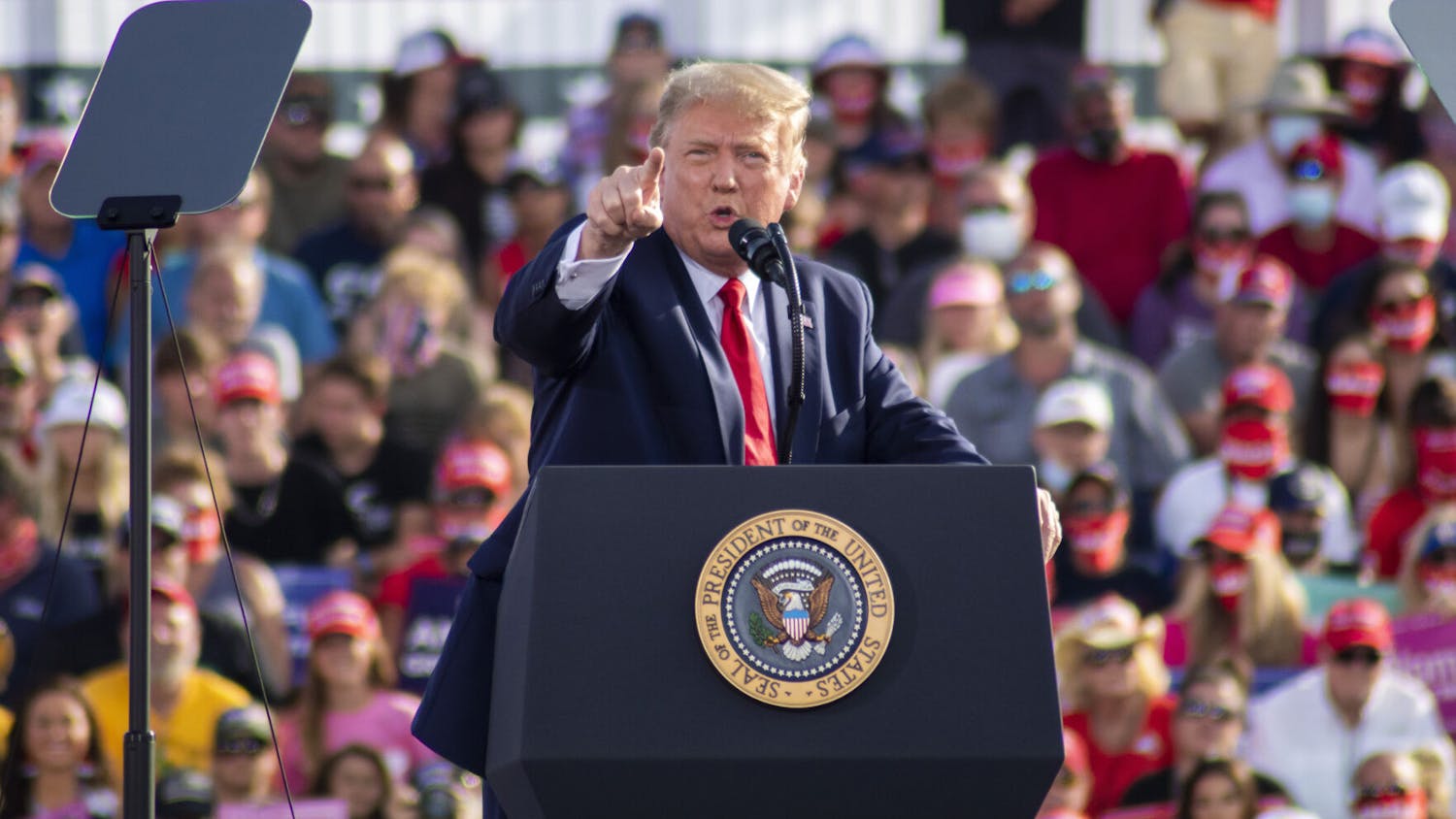In the first week of November, our president was ordered by a state judge to pay $2 million in damages to nonprofit groups. This came after he admitted to the misuse of funds raised by the Donald J. Trump Foundation to promote his run for the presidency, pay off business debts and purchase a self-portrait for one of his hotels. The award of damages marks the end of a legal battle that’s been taking place since 2016 when New York’s attorney general accused the Trump family of using the foundation for business and campaign purposes. The cash in question was raised at a fundraiser intended for veterans in Iowa, which Trump later acknowledged as a campaign event.
This is certainly odd behavior for a man who claims to possess a fortune “in excess of TEN BILLION DOLLARS” on his campaign website. The mismanagement of funds can be explained by ignoring the lies and looking at the facts — his fortune is nowhere near what he says it is. The Federal Election Commission disclosure from his campaign has a conservative estimate of $8.7 billion, while Forbes put the value at around $4.5 billion, and Trump even regularly lobbies the business magazine to increase their estimates of his fortune.
We know that Trump started out with a sizable fortune inherited from his father, a prominent real estate developer, so most of his losses are presumably his own. From 1985 to 1994, he listed $1.2 billion in losses on his tax filings, and in 1985, he swindled his way onto the Forbes 400 list by creating a fake persona to lie about a transfer of wealth from his father. This past August, Trump claimed that the presidency was costing him $3 billion to $5 billion, but that can’t be right. Forbes judged his fortune to be just $4.5 billion in 2015 and $3.1 billion in the present day (a drop of $1.4 billion), and even this reduction is attributed to deeper reporting on his wealth. Apparently, he lied about the size of his New York penthouse, which resulted in estimates of his wealth being adjusted.
Most of Trump’s various business ventures are also marked with failure. Trump Airlines was launched in 1988 with a $245 million loan that went toward the purchase of a failing airline and the installation of golden fixtures in the planes’ toilets. It flopped in two years. In the same year, Trump: The Game launched and sold less than half the copies prepared and was taken out of circulation in 1990. A year after this failure, Trump started a casino in Atlantic City called the Trump Taj Mahal which went $3 billion in debt after one year of operation.
All of this history comes together to serve one message: Trump doesn’t know what he’s doing when it comes to finance. This is alarming, as his business history was one of his main selling points during his presidential bid. It’s not surprising, though. Just take one look at our impending financial insecurity linked to his senseless trade war with China. It doesn’t take an economist to see that the most powerful person in the world can’t even run a business right.
Myles Gibbs is a UF journalism junior
President Donald Trump listens during a meeting in the Cabinet Room of the White House in Washington, Friday, Nov. 22, 2019, on youth vaping and the electronic cigarette epidemic. (AP Photo/Susan Walsh)






